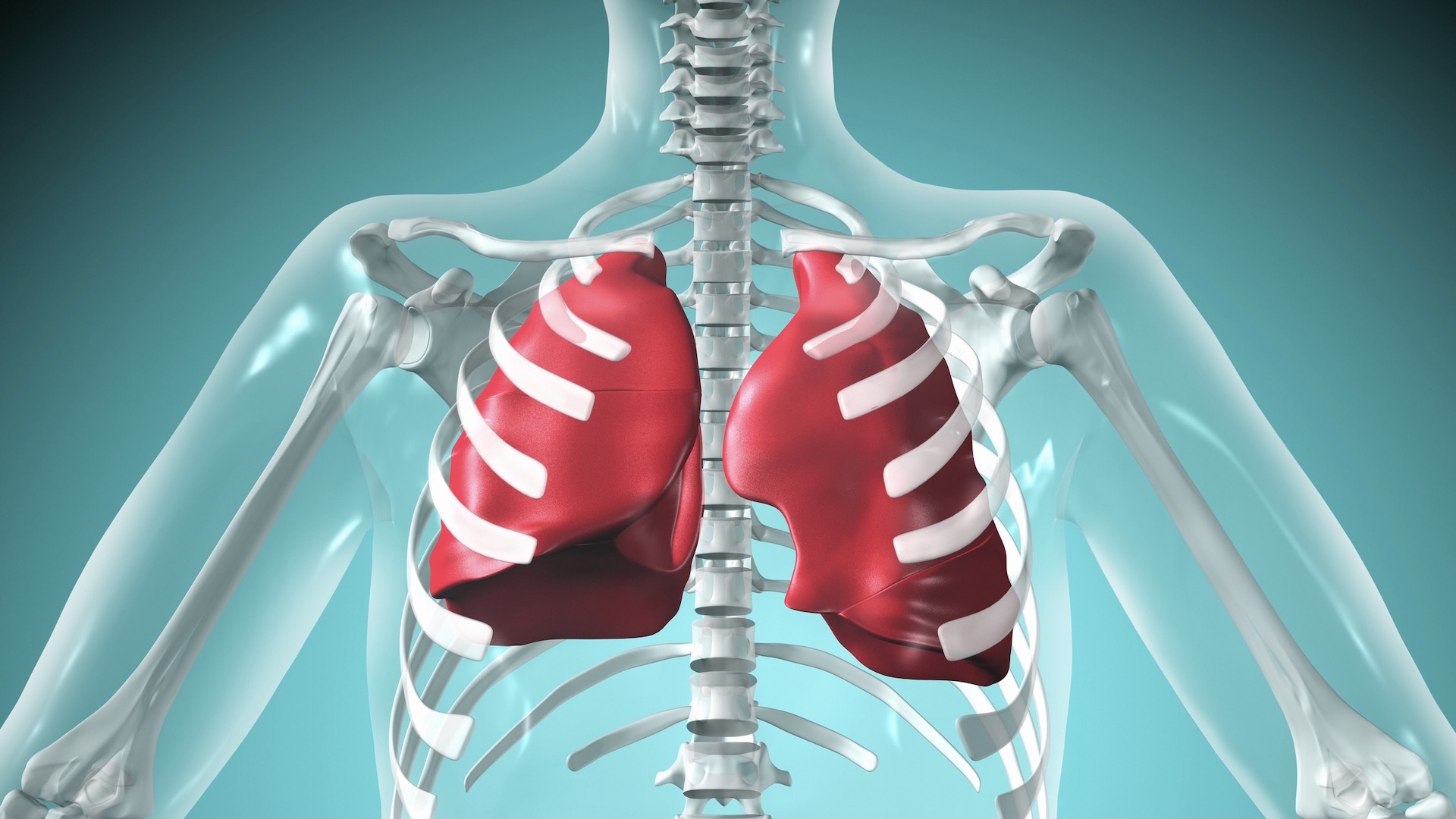Does running increase lung capacity?
We have all heard the theory, but what does science say about running increasing lung capacity?

If you are a runner, it is likely you have heard the theory that running, or any form of cardiovascular exercise, can increase lung capacity. The idea is that the lungs can grow and expand the more you use them and the harder you work.
In turn, larger lung capacity means you can run harder and faster because you are able to get more air into your body, which leads to greater oxygenation via your blood stream.
That’s the idea, but does it stack up scientifically?

Can runners increase lung capacity?
Graham McKenna, who is an ultra running coach and a successful runner himself, explains that there are two areas of pulmonary function: the first is total lung capacity (TLC) and the second is forced vital capacity (FVC). TLC represents the largest volume of air the lungs can hold and FVC represents the largest amount of air that can be expelled after taking a deep breath.
He says: "So we might think it is possible that exercising our body - and lungs – will lead to an increase in lung capacity. However, it is interesting to note that studies have shown there is little difference between the pulmonary function [lung function] of sedentary and trained individuals.”
There is a way to take more breath into the lungs but this is to do with the body's posture. Graham says: "If we think about the lungs, from a postural standpoint it is possible to decrease and increase the ability of the lungs to take in a full breath."
So, if pulmonary function is not substantially increased with training, why do people who are de-conditioned become “out of breath” faster than those who are aerobically well trained?
All the latest inspiration, tips and guides to help you plan your next Advnture!
We need to add the in the fact that the heart is a muscle, which can increase in size – and does so when people are more physically active. This means that fewer contractions are needed for the same volume of blood to be pumped, which increases the oxygen flow.
Graham reports that it's "simply a belief" that our lungs can be trained to get bigger. He says: "The reason that you can run or perform better is that as you increase your exercise, your blood gets thicker and increases in volume, which allows you to transport more oxygen.
“This is a fact that I often pass on to people coming back from injury. They are always so worried that they are suddenly unfit, but within a couple of weeks of resuming exercise blood density increases and exercise becomes easier.
“So, people might think their lungs have increased in capacity but they haven’t. The body has simply adapted all over.”

Oxygen flow is key to improved running performance
Graham, who is an ambassador of run coaching programme Start Running Stay Running, points out that instead of thinking about increased lung capacity, runners can consider other more evidenced theories for improved performance.
Of course, running more, as well as speed work, will be a huge aid to most runners when trying to improve ability and achieve faster running times, especially when focusing on a race.
It’s also worth looking at further studies, such as hypoxic training methods for improving endurance exercise performance. The classic method of hypoxic training is to live and train at altitude where there is naturally less abundant oxygen. It is possible to mimic the effects with an elevation training mask, too.
The aim of this training is to challenge the body to adapt to the environment. But again, this has nothing to do with increasing lung capacity, rather the adaption is at cellular level and can lead to increased cardiac output, blood vessel growth and circulating red blood cell numbers.
So the bottom line is that while many runners might like to imagine they have trained themselves to have a larger lung capacity than someone who does less exercise, the science shows that this is not the case.
But running still is very good for your health
Regular exercise leads to numerous and varied physiological changes that are beneficial from a health standpoint. They include improved cardio-respiratory function and skeletal muscle function; higher levels of high-density lipoprotein cholesterol (the so-called "good" cholesterol); improved blood pressure, body composition, and bone density; decreased insulin need and improved glucose tolerance; enhanced performance of work, recreational and sport activities; and many positive psychological benefits. These changes, in turn, help lower death rates from illnesses such as cardiovascular disease (including heart attack and stroke); type-2 diabetes; and certain cancers, including colon, breast and lung; and lower disease rates for high blood pressure, obesity, osteoarthritis and osteoporosis. Because of the many benefits of physical activity and exercise, the US federal government now encourages all adults to increase their physical activity levels so they accumulate 30 minutes, or more, of moderate intensity physical activity most days of the week.

Fiona Russell is a widely published adventure journalist and blogger, better known as Fiona Outdoors. She is based in Scotland and is an all-round outdoors enthusiast with favorite activities including trail running, mountain walking, mountain biking, road cycling, triathlon and skiing (both downhill and backcountry). Aside from her own adventures, Fiona's biggest aim is to inspire others to enjoy getting outside and exploring, especially through her writing. She is also rarely seen without a running skort! Find out more at Fiona Outdoors.
